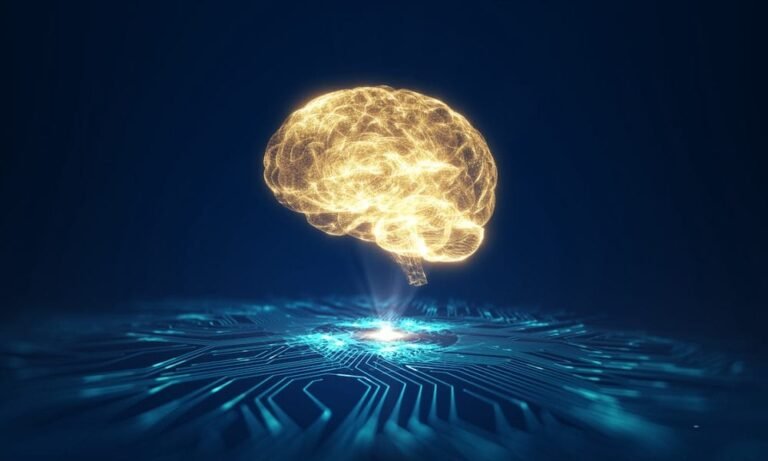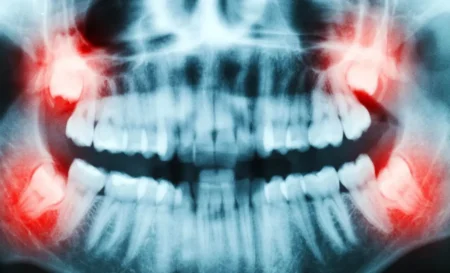A new AI tool developed by Mayo Clinic helps doctors spot brain activity linked to nine types of dementia, including Alzheimer’s, using one common scan.
Mayo Clinic researchers have created an advanced artificial intelligence (AI) tool called StateViewer. This tool allows doctors to identify brain activity patterns related to nine types of dementia from a single FDG-PET scan, a scan widely available in hospitals. This development could change how dementia is diagnosed early and accurately.
According to a study published on June 27, 2025, in Neurology, the American Academy of Neurology’s medical journal, StateViewer successfully identified the correct type of dementia in 88% of cases. It also helped doctors read brain scans almost twice as fast and with up to three times greater accuracy than current methods. The AI was trained and tested using more than 3,600 brain scans from both dementia patients and healthy individuals.
This tool addresses a key challenge in dementia care: making an early, precise diagnosis even when patients have more than one brain condition. Early diagnosis is vital as new treatments become available, allowing doctors to provide the right care at the right time. StateViewer may also make advanced dementia diagnosis accessible in clinics lacking neurology specialists.
Dementia affects over 55 million people worldwide. Nearly 10 million new cases are reported every year. Alzheimer’s disease, the most common form of dementia, is now the fifth leading cause of death globally. Diagnosing dementia usually requires several steps, including cognitive tests, blood work, brain scans, clinical interviews, and expert referrals. Even with these tools, telling apart different dementia types—such as Alzheimer’s, Lewy body dementia, and frontotemporal dementia—remains difficult, even for specialists.
StateViewer was developed under the guidance of Dr. David Jones, a neurologist at Mayo Clinic and director of its Neurology Artificial Intelligence Program. He worked closely with Dr. Leland Barnard, a data scientist who led the AI engineering behind the tool.
Dr. Barnard shared, “As we designed StateViewer, we remembered that behind every scan is a person facing tough questions and uncertainty. This tool can help doctors with fast, precise insights, showing the power of AI in medicine.”
The AI tool uses fluorodeoxyglucose positron emission tomography (FDG-PET) scans, which reveal how the brain uses glucose for energy. It compares a patient’s scan to a large database of scans from people with confirmed dementia diagnoses. The AI detects patterns that match specific dementia types or combinations.
For example, Alzheimer’s disease usually affects memory and thinking areas of the brain. Lewy body dementia involves brain regions linked to attention and movement. Frontotemporal dementia changes parts responsible for language and behavior. StateViewer highlights these patterns on color-coded brain maps. These maps offer clear visuals that help doctors—whether or not they have neurology training—understand what the AI detects and how it supports diagnosis.
Researchers at Mayo Clinic plan to expand StateViewer’s use and keep testing it in different clinical settings. This AI tool shows promise in improving dementia diagnosis and care worldwide.







